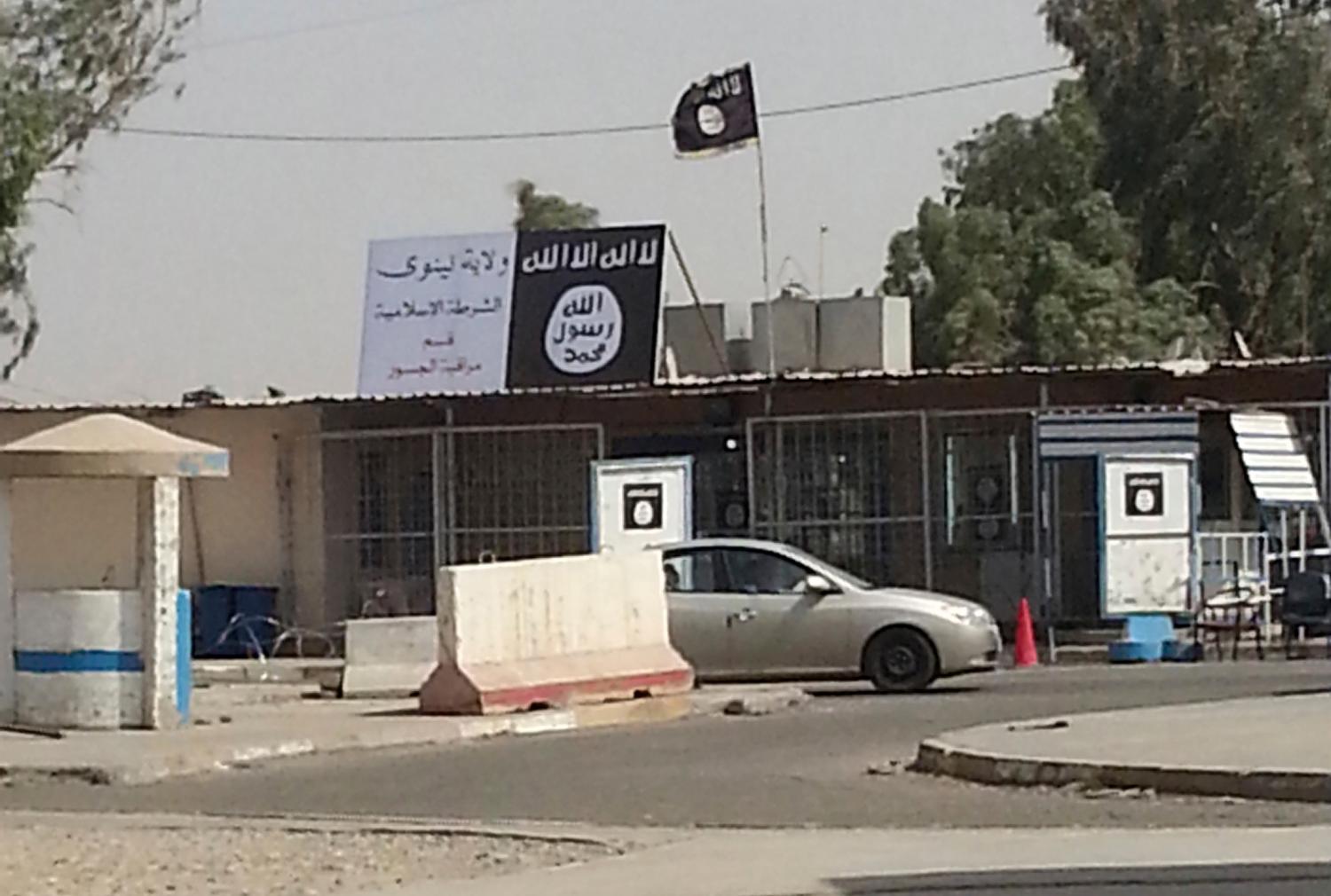Will McCants: Recently, the New York Times reported on a leaked memo written by Richard Stengel, the State Department’s under secretary for public diplomacy, who criticized America’s foreign partners in the effort to counter the Islamic State’s propaganda. It’s the latest chapter in the U.S. government’s decade-long saga to counter jihadist propaganda, which Greg Miller and Scott Higham documented so thoroughly last month in the Washington Post.
With the presidential election coming up and U.S. messaging strategy against the Islamic State uncertain, I figure it’s a good time to pause and take stock of where things stand. Over the next week or so, I’ll be asking some of the folks who’ve wrestled with the problem inside and outside government to share their thoughts on what can be improved and whether the United States should even bother trying to persuade a small minority jihadist recruits not to throw away their lives.
To kick things off, I offered a few thoughts of my own and asked the first director of the U.S. government’s Center for Strategic Counterterrorism Communications (CSCC), Amb. Richard LeBaron (@RBLeBaron), to share his thoughts. The CSCC is an interagency body housed in the public diplomacy section of the State Department. Richard is now retired, which made his post on the subject of countering ISIS messaging especially honest, and thus insightful and fun, to read.
Richard’s successor at the CSCC was Amb. Alberto Fernandez (@VPAFernandez), who retired recently and is similarly free to speak his mind. If you follow him on Twitter, you know he’s elevated post-government truth telling to an art form. To my knowledge, this is the first time he and Richard have compared notes about their trauma time directing the center. Alberto writes that Western governments would be well served by recognizing that the problem of ISIS messaging is fundamentally a political problem reflected in social media — and not the other way around.
Kamran Bokhari, an expert on the geopolitics of the Middle East & South Asia, argued it is very difficult to separate the religion from the politics in ISIS’ narrative, posing significant challenges for the U.S. government to counter their propaganda.
Now, Charlie Winter, senior researcher at Quilliam Foundation, writes that states in the coalition against the ISIS are structurally impaired from competing with Islamic State propaganda, which strategically offers different narratives to diverse audiences. Thus, efforts to counter the terrorist group’s messaging should come from NGO’s, independent activists, and civil society organizations, in addition to governments.
Charlie Winter: Contributions from Will McCants, Ambassadors LeBaron and Fernandez — two former directors of the State Department’s Center for Strategic Counterterrorism Communications (CSCC) — and Kamran Bokhari are a tough act to follow, but here goes:
The U.S. government can counter ISIS propaganda. However, it cannot do so alone, not by any stretch of the imagination. While it would certainly help, Richard Stengel’s suggestion of developing an international taskforce to produce “daily and weekly messaging” campaigns is not sufficient. The coalition as a whole must recognize that, in order to be successful in the information war on ISIS, it needs to broaden its objectives and do more than respond to its propaganda on a case by case basis. As Ambassador LeBaron wrote, we need to have our own “compelling story,” not just a narrative built upon reaction.
In his contribution, Ambassador Fernandez noted that ISIS propagandists are successful because of the “volume” and “originality” of their output. This is exactly right. However, they are not just churning out content without direction: ISIS is winning the social media war because it is strategic in its approach. Its propagandists’ operate with long term goals in mind and clearly understand that tactical propaganda — that which aims to cause short-term action — works best when it is introduced into a milieu of content that precipitates these acts.
I anticipate backlash for this but, moving forward, it might be worth taking a leaf out of ISIS’s own strategy book. Of course, that does not mean boasting about executions and misogyny but, for example, it would help if the coalition were to recognize, as ISIS does, that it is always broadcasting to different audiences – among them, members, sympathizers, enemies and publics. Different narratives appeal to different people, so it follows that some scaling up is required.
For obvious reasons, it would be improper for the coalition to model its messaging strategy in the same way as a genocidal jihadist group, but it must acknowledge that targeting “counter-narratives” solely at those few who are on the brink of being recruited to ISIS is far too restrictive an approach. As propaganda theorist Jacques Ellul wrote in 1958, “one cannot make just any propaganda any place for anybody.” There is no one-size-fits-all approach to counter-messaging. Like ISIS, which channels a cocktail of narratives ranging from brutality to utopianism, the coalition must think bigger.
Although they are necessary evils when it comes to officialdom, red tape and bureaucracy are bound to hinder governmental efforts to counter ISIS messaging – “volume” and “originality,” two pillars of ISIS’ media strategy, are very difficult to achieve in a formal state structure. Because of this, coalition member states are structurally impaired from competing with ISIS messaging. Hence, our efforts must be cross-sector: governments, NGOs, independent activists and civil society organisations must all be involved in coordinated, incentivized counter-messaging. The work of CSCC is crucial, but it alone will not be able to win this battle.
The Brookings Institution is committed to quality, independence, and impact.
We are supported by a diverse array of funders. In line with our values and policies, each Brookings publication represents the sole views of its author(s).





Commentary
Experts weigh in (part 4): Can the United States counter ISIS propaganda?
July 1, 2015